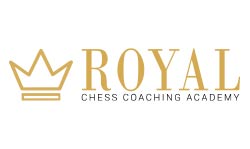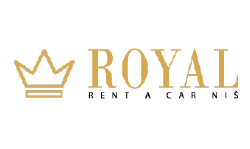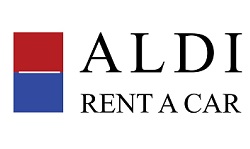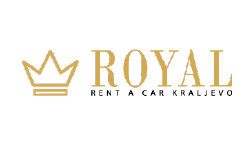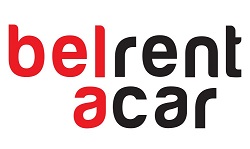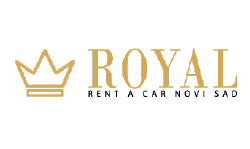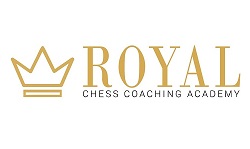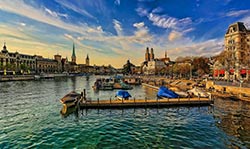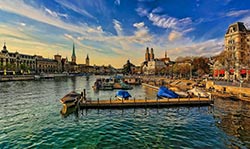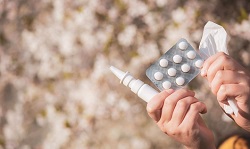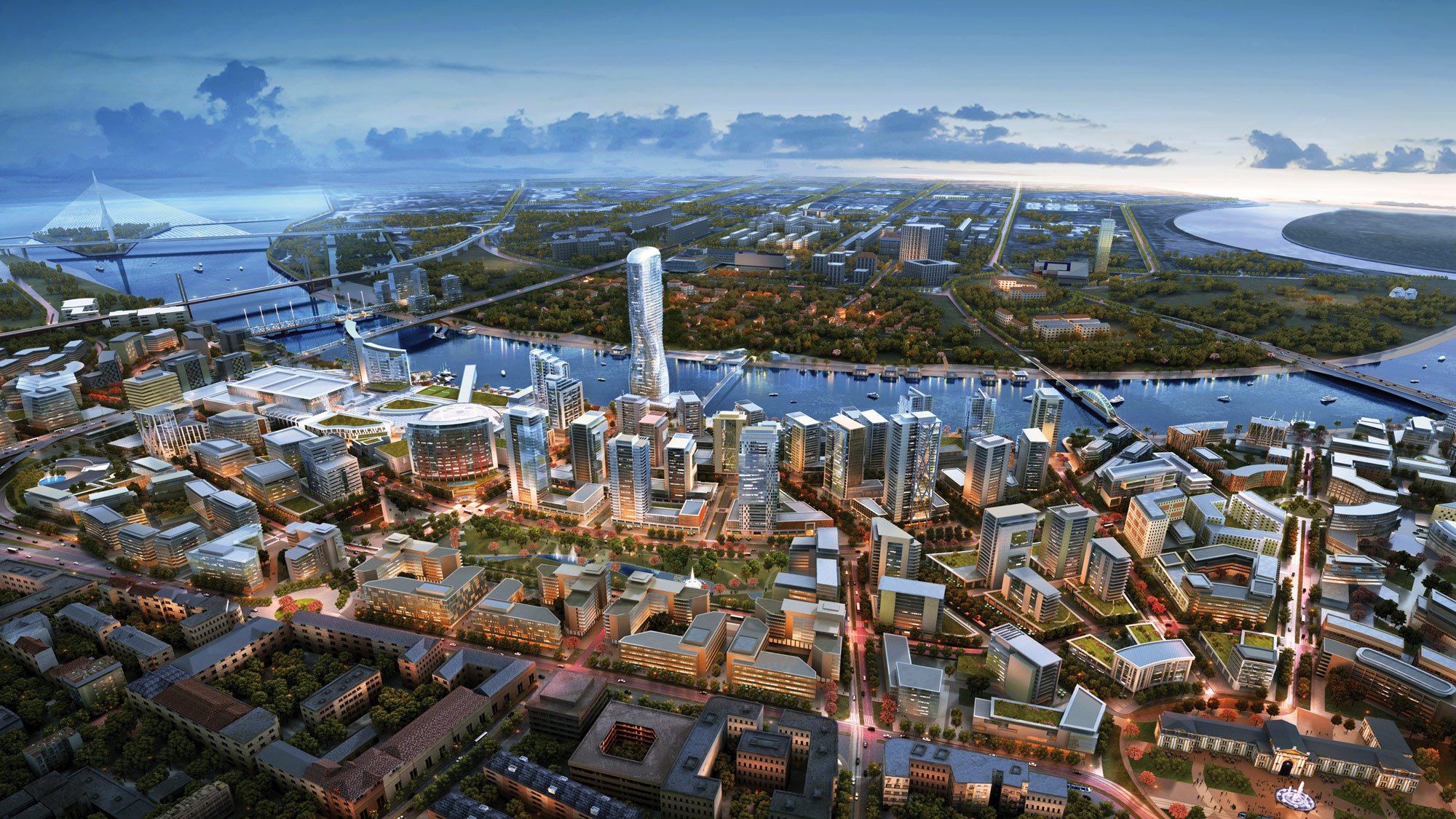
INVESTICIJE U SRBIJI - VEĆA ZAINTERESOVANOST STRANIH INVESTITORA
INVESTICIJE U SRBIJI - VEĆA ZAINTERESOVANOST STRANIH INVESTITORA
Neto priliv SDI u Srbiju u 2016. iznosio je oko 1,9 milijardi evra i bile su pretežno usmerene u izvozno orijentisane sektore, što je doprinelo smanjenju deficita tekućeg računa - NBS
„Srbija je ove godine dobila 50 pisama o namerama za investiranje, što je gotovo duplo više nego 2016, koja je smatrana najuspešnijom godinom sa potpisana 22 ugovora investicija vrednih 240 miliona evra, rekao je, početkom juna 2017, Radoš Gazdić direktor za investicije i ulaganja Razvojne agencije Srbije, na Međunarodnom ekonomskom forumu u Sankt Peterburgu (SPIEF), na kome je Srbija bila počasni član.
Prema njegovim rečima, Srbija je ostvarila odlične rezultate u prošloj godini u vezi sa privlačenjem investicija, bilo je 240 miliona evra privučenih investicija, 22 potpisana ugovora sa blizu 17 hiljada novih radnih mesta koji će biti generisani u narednom periodu. „Očekujemo da će 2017. biti uspešnija od prošle, koja je bila najuspešnija u poslednjih deset godina“, istakao je tom prilikom Gazdić.
Prema podacima koje je naše izdanje dobilo od Narodne banke Srbije (NBS), neto priliv stranih direktnih investicija (SDI) u Srbiju u 2016. iznosio je oko 1,9 milijardi evra. „SDI su pretežno usmerene u izvozno orijentisane sektore, što je doprinelo smanjenju deficita tekućeg računa. Zahvaljujući tome, kao i rastu priliva po ovom osnovu, u dve prethodne godine neto priliv SDI je premašio tekući deficit platnog bilansa (u 2016. za 36%). U proteklih nekoliko godine ističe se i pojačana projektna diversifikovanost priliva SDI u Srbiju, što je, takođe, doprinosilo rastu domaće izvozne ponude sa širim asortimanom, višim stepenom obrade i većom dodatom vrednošću“, ističu iz NBS-a.
Krajem maja 2017. Milun Trivunac, državni sekretar u Ministarstvu privrede Srbije, je rekao, na skupu ’Bečki ekonomski razgovori - beogradski sastanak’, koji je organizovao Bečki ekonomski forum u saradnji sa Savezom ekonomista Srbije, da je od 2015, zahvaljući podsticajima koje daje vlada, vrednost projekata bila 470 miliona evra i da treba da se zaposli 28.000 ljudi. Od početka 2016. do maja ove godine, kako je istako Trivunac, uz podsticaje je obezbeđeno oko 300 miliona evra investicija i time će se otvoriti 20.566 novih radnih mesta. Prema njegovim rečima, trećina investitora želi da reinvestira u Srbiju.
Njegove reči potvrđuje, i Ronald Zeliger, predsednik Nemačko-srpske privredne komore (AHK Srbija), koji je istako da je Srbija za Nemce ’atraktivna’ za investiranje, jer ima mnogo motivisanih ljudi koji hoće da rade. Na manifestaciji komore ’Members Dinner’, krajem maja 2017, koja je okupila oko 100 članova, naglasio je da u Srbiji trenutno radi oko 350 nemačkih preduzeća koje zapošljavaju ukupno oko 35.000 ljudi, kao i da je poslednja anketa komore pokazala da bi više od polovine njih ponovo investiralo u Srbiji.
Kako ističe za naše izdanje Tamara Jurenić, izvršna direktorka RAS-a, ovome doprinosi i novina u odnosu na 2016, a to su Uredbe o načinu privlačenja investicija, koju je usvojila Vlada Srbije, kojom su dodatno smanjeni kriterijumi za sticanje prava na podsticajna sredstva. „Sada investitor sa 100.000 evra vrednim projektom i planom za deset novih radnih mesta ima mogućnost dobijanja državne podrške. I što se investitor odluči za manje razvijenu opštinu, veće podsticaje će i dobiti“, kaže Tamara Jurenić.
Prema podacima SIEPA, raniji naziv za RAS, najviše direktne strane investicije su bile u 2011. kada su iznosile preko 3,5 milijardi evra.
Nivo stranih ivesticija ne znači da će bitno uticati na ekonomsku i ivesticionu aktivnost u Srbiji.
„S obzirom na to da SDI utiču na povećanje ukupnih investicija, proizvodnog potencijala i konkurentnosti naše privrede, povećanje njihovog učešća sa 2,4% BDP-a u 2012. na 5,4% BDP-a u 2016, daje bitan doprinos ubrzanju ekonomskog rasta na održivim osnovama. Ovo posebno ističemo imajući u vidu da se relativno visok priliv stranih direktnih investicija u nekim ranijim godinama nije značajnije odrazio na ekonomsku i investicionu aktivnost u Srbiji, jer je većim delom bio rezultat privatizacije i ulaganja u nerazmenljive sektore“, naglašavaju za naše izdanje iz NBS-a.
Međutim, ekonomisti Stojan Stamenković i Miladin Kovačević ističu da iz iskustva evropskih zemalja u tranziciji, 25% bi bilo minimalno učešće fiksnih investicija u BDP-u, koje će omogućiti zadovoljavajuću dinamiku BDP-a u dužem roku, podizanje godišnjeg rasta na oko 5% u srednjem roku od tri do pet godina. Dakle, dostizanje učešća investicija u BDP-u od najmanje 25% neizostavni je cilj u strukturi tražnje.
S druge strane Zoran Drakulić, predsednik kluba Privrednik, smatra da je potrebno četiri milijarde investicija godišnje, da bi Srbija stigla do nivoa od pet do šest odsto privrednog rasta i dodao da za to postoje šanse, ali da Srbija treba da otvori svoju privredu i da izjednači domaće i strane investitore.
U ovom momentu podsticaji postoje samo za strane investitore. Zato ne treba da čudi podatak o zainteresovanosti sve većeg broja kineskih i turskih kompanija za investiranje u Srbiji. Međutim, strani investitori su više puta isticali kao prepreke za ulaganje u Srbiji: ne donošenje uredaba kojima se zakoni koji su doneti, zaista i primenjuju, dugotrajnost postupka kako otvaranja tako i realizacije projekata u Srbiji, nivo sive ekonomije... Stoga, koliki će iznos SDI u 2017. zaista i biti ostvaren ostaje da se vidi.
INVESTMENTS IN SERBIA - MORE INTEREST OF THE FOREIGN INVESTORS
Net income of FDIs in Serbia in 2016 amounted app. EUR 1,9 billion and were mostly directed to export oriented sectors, which benefited the deficit of the current account to be decreased – NBS
“This year, Serbia has got 50 letters with intentions on investments, which is almost twice more than in 2016, being considered as the most successful year with 22 contracts signed; those contracts related to the investments worth app. EUR 240 million” stated at the beginning of June 2017. Rados Gazdic, a director for Investments in Serbian Agency for Development (Razvojna Agencija Srbije), at International Economic Forum in Saint Petersburg (SPIEF), where Serbia was a honorary member.
According to his words, in last year Serbia reached wonderful results in relation to attraction of investments; there were EUR 240 million of attracted investments, 22 signed contracts with almost 17.000 new working places that will be generated in next period of time. “We expect that 2017. will be more successful than past one that was the most successful for the last 10 years” said Gazdic.
According to data our publication got from Narodna Banka Srbije (NBS), the net income of FDIs in Serbia during 2016 amounted app. EUR 1,9 billion. “FDI are mostly pointed to export oriented sectors, contributing the current account deficit to be decreased. Due to this fact, as well as due to the growth of inflows on this basis, in 2 previous years the net inflow from FDIs surpassed the balance of payments current deficit (in 2016 for 36 %). For the few past years, a project diversification of FDI inflow in Serbia has been underlined, which also was contributing to the domestic export offer growth with wider assortment, higher degree of processing and a higher added value” NBS states.
At the end of May 2017., Milun Trivunac, a state secretary in the Ministry of Economy of Serbia, at the meeting “Vienna economic talks – a meeting in Belgrade” being organized by Vienna Economic Forum in collaboration with Serbian Association of Economists (Savez ekonomista Srbije), said that since 2015, thank to incentives given by the Government, the value of the projects was EUR 470 million and that 28.000 people should be employed. From the beginning of 2016 until May of this year, as Trivunac stated, due to incentives it was provided app. EUR 300 million of investments which will be used for opening of 20.566 new working places. According to his words, one third of investors want to reinvest in Serbia.
His words are confirmed by Ronald Zeliger, a president of German –Serbian Chamber of Commerce (AHK Serbia) who stated that Serbia is very “attractive” for Germans to invest because there are many motivated people who want to work. At the manifestation of the Chamber, “Members Dinner” at the end of the May 2017, attended by 100 members, he stated that in Serbia currently 350 German companies do their business, employing app. 35.000 people, as well as that the last survey of the Chamber showed that more of the half of them would invest in Serbia again.
According to the words of Tamara Jurenic, an executive director of RAS, this is contributed by the novelty in relation to 2016 and those are Provisions on the way of attracting investments adopted by the Government of Serbia; they additionally decrease criterions for acquisition of rights on incentives. “Now, an investor with EUR 100.000 valuable project and with the plan for 10 new working places has an opportunity to get the state support. As less developed municipality chosen, as bigger incentives will be given to the investor” says Tamara Jurenic.
According to data given by SIEPA, former name of RAS, the highest FDIs were registered in 2011, amounted over EUR 3,5 billion.
Level of foreign investments doesn’t mean it will make a big influence on economic and investment activity in Serbia.
“Taking into consideration that FDIs influence total investments growth, as well as the growth of production potential and our economy competitiveness, a growth of their participation from 2,4 % GDP in 2012 to 5,4% of GDP in 2016 gives a significant contribution to acceleration of economic development on sustainable basis. This is especially underlined taking into consideration that relatively high inflow of FDIs in some of previous years didn’t make any significant influence on economic and investment activity in Serbia because it was a result of privatization and investments in non-tradable sectors” – says NBS.
However, the economists Stojan Stamenkovic and Miladin Kovacevic underlined that, according to experience of European countries in transition, 25% would be a minimal participation of fixed investments in GDP providing some satisfactory dynamics of GDP in the longer period of time, as well as increasing the annual growth up to 5% in the middle term from 3 to 5 years. So, to reach a participation of investments in GDP of at least 25% is indispensable goal in the structure of demand.
From another side, Zoran Drakulic, a president of the Privrednik club, considers that 4 billion of investments are needed at the annual level to help Serbia to get the level of 5-6% of economic growth; he also added that there are chances for that but Serbia should open its economy and put in the same line all domestic and foreign investors.
In this moment, there are incentives only for the foreign investors. Therefore, a bigger and bigger number of Chinese and Turkish companies wanting to invest in Serbia shouldn’t surprise us. However, many times the foreign investors have listed the following obstacles in investment in Serbia: absence of provisions that would apply all laws brought, long lasting procedures both for opening and realization of the projects in Serbia, the level of gray economy… Therefore, how big amount of FDIs will be in 2017, it remains to be seen.

